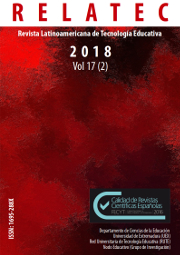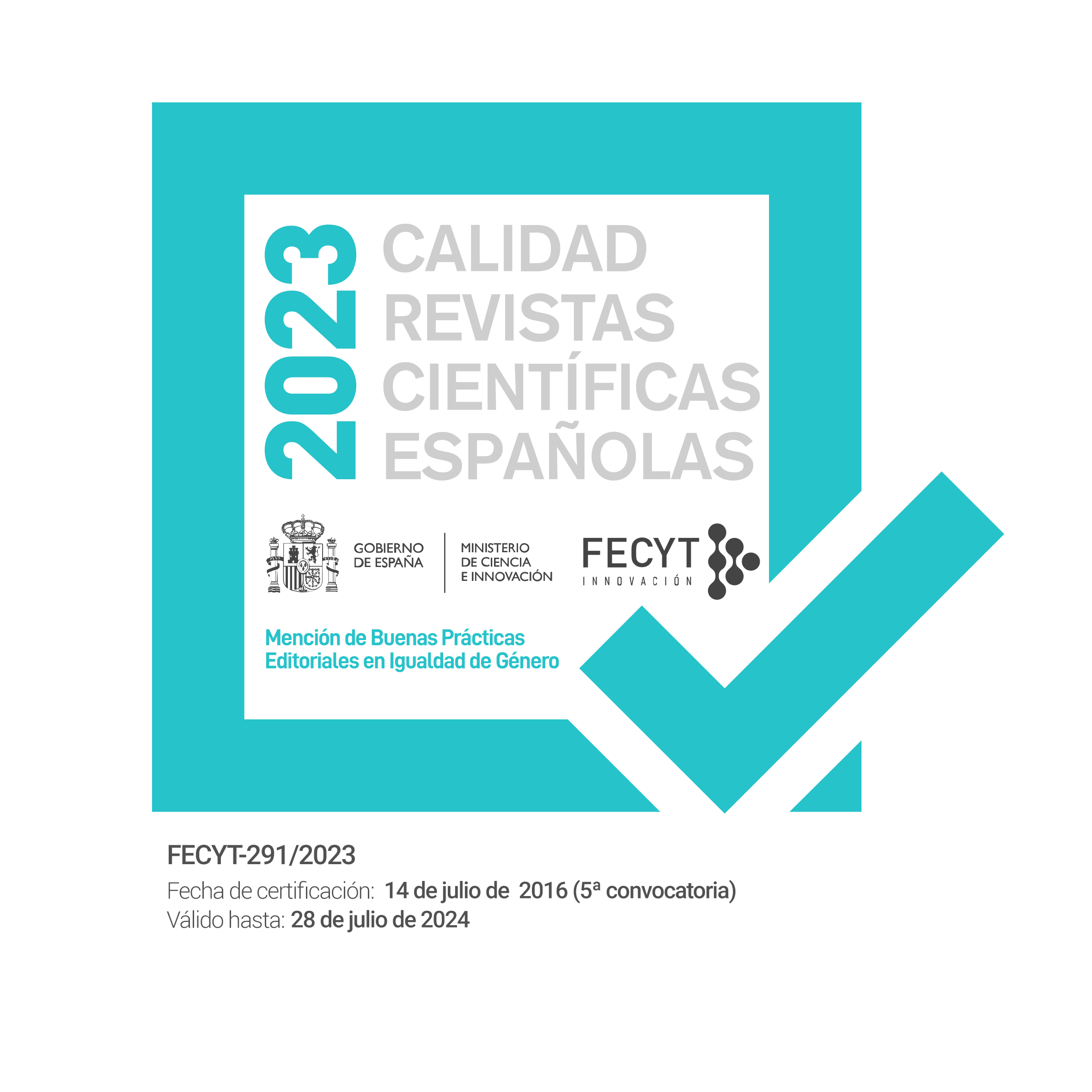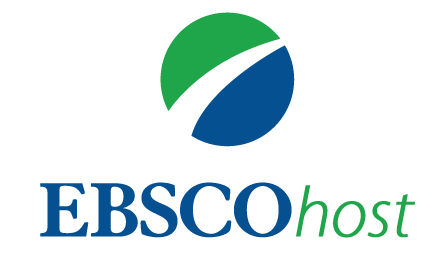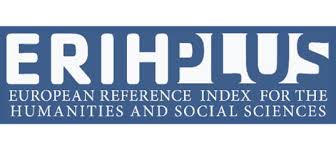Sixteen years of RELATEC. Bibliometric study of the Latinoamerican Journal of Educational Technology
DOI:
https://doi.org/10.17398/1695-288X.17.2.57Keywords:
Bibliology, Cataloguing, Periodicals, Full text databases, Educational technologyAbstract
This study show a bibliometric analysis of the Revista Latinoamerica de Tecnología Educativa (RELATEC) in a period from 2002, starting point of the journal, until the year 2017. It consists of a descriptive study that is carried out through the observation, computation and analysis of the titles of articles, keywords, summaries and general content of documents. The objective of this paper is to analyze the characteristics presented by the articles published in the years previously proposed in order to clearly see the predominance of the journal, that is, it is about evaluating scientific activity and the production of information through bibliometric analysis. In this work, a total of 16 volumes and 303 articles have been analyzed. The information has been extracted from the electronic version of the magazine since all the articles are free of charge and in full text. The following bibliometric indexes were established: number of articles published per year of publication, type of methodology used in the articles, theme, authorship index, institutional affiliation of the authorship and productivity by country. The results show that it is a journal that presents a high variety of topics, the participation of authors from around the world and articles of diverse methodology, mainly theoretical.
References
Bordons, M., y Zulueta, M. (1999). Evaluación de la actividad científica a través de indicadores bibliométricos. Revista española de cardiología, 52(10), 790-800. https://doi.org/10.1016/S0300-8932(99)75008-6
Castillo, A., y Carretón, C. (2010). Investigación en comunicación: Estudio bibliométrico de las revistas de comunicación en España. Comunicación y sociedad, XXIII(2), 289-327. Recuperado a partir de http://hdl.handle.net/10045/22678
Delgado, E.; Ruiz, R. y Jiménez, E. (2006). La edición de Revistas Científicas. Directrices, criterios y modelos de evaluación. Granada: FECYT.
Elbeck, M., & Mandernach, B. J. (2009). Journals for computer-mediated learning: publications of value for the online educator. International Review of Research in Open and Distance Learning, 10(3), 1-20. http://dx.doi.org/10.19173/irrodl.v10i3.676
Fernández, A. y Bueno, A. (1998). Síntesis de estudios bibliométricos españoles en educación. Una dimensión evaluativa. Revista española de documentación científica, 21(3), 269-285. https://doi.org/10.3989/redc.1998.v21.i3.356
García, F. (2017). Mitos y realidades del acceso abierto. Education in the Knowledge Society, 18(1), 7-20. http://dx.doi.org/10.14201/eks2017181720
Gómez-García, A., Ramiro, M. T., Ariza, T., & Granados de Haro, M. R. (2012). Estudio bibliométrico de Educación XXI. Educación XXI, 15(1), 17-41. https://doi.org/10.5944/educxx1.15.1.148
Góngora, A. (2010). La Importancia de los estudios bibliométricos. El caso de Orinoquia. Redalyc, 14(2), 121-122. Recuperado a partir de http://www.scielo.org.co/pdf/rori/v14n2/v14n2a01.pdf
Hernández, T., Rodríguez, D., y Bueno, G. (2007). Open Access: el papel de las bibliotecas en los repositorios institucionales de acceso abierto. Anales de documentación, 10, 185-204. Recuperado a partir de http://revistas.um.es/analesdoc/article/view/1141
Licea, J., y Santillán, E. (2002). Bibliometría ¿para qué?. Biblioteca Universitaria, 5(1), 3-10. Recuperado a partir de http://www.redalyc.org/articulo.oa?id=28550102
López, E., Vázquez, E., y Sarasola, J. L. (2015). Estudio bibliométrico de Pixel-bit, revista de medios y educación (2000-2013). Pixel-Bit. Revista de Medios y Educación, (46), 65-85. http://dx.doi.org/10.12795/pixelbit.2015.i46.05
Melero, R. (2005). Acceso abierto a las publicaciones científicas: definición, recursos, copyright e impacto. El profesional de la información, 15(4), 255-66. Recuperado a partir de http://www.elprofesionaldelainformacion.com/contenidos/2005/julio/3.pdf
Pérez-Rodríguez, A. M., García-Ruiz, R. y Aguaded, I. (2018). Comunicar: calidad, visibilización e impacto. Revista Española de Pedagogía, 76(271), 481-498. https://doi.org/10.22550/REP-3-2018-05
Quevedo, R., y López, W. (2010). Análisis bibliométrico de las revistas multidisciplinares de psicología recientemente incorporadas en la Web of Science (2008-2009). Psicología: Reflexão e Crítica, 23(2), 384-408. http://dx.doi.org/10.1590/S0102-79722010000200021
Ramírez, M. (2015). Acceso abierto y su repercusión en la Sociedad del Conocimiento: Reflexiones de casos prácticos en Latinoamérica. Education in the Knowledge Society, 16(1), 103-118. http://dx.doi.org/10.14201/eks2015161103118
Ruiz-Corbella, M., Galán, A., & Diestro, A. (2014). Las revistas científicas de Educación en España: evolución y perspectivas de futuro. RELIEVE-Revista Electrónica de Investigación y Evaluación Educativa, 20(2), 1-27. https://dx.doi.org/10.7203/relieve.202.4361
Ruiz-Pérez, R., López-Cózar, E. D. y Jiménez-Contreras, E. (2006). Criterios del Institute for Scientific Information para la selección de revistas científicas. Su aplicación a las revistas españolas: metodología e indicadores. International Journal of Clinical and Health Psychology, 6, 401-424.
Solano, E., Castellanos, S., López, M., y Hernández, J. (2009). La bibliometría: una herramienta eficaz para evaluar la actividad científica postgraduada. MediSur, 7(4), 59-62. Recuperado a partir de http://www.medisur.sld.cu/index.php/medisur/article/download/745/7420
Vanti, N. (2000). Métodos cuantitativos de evaluación de la ciencia: Bibliometría, Cienciometría e Informetría. Investigación Bibliotecológica, 14(29), 9-23.
Vázquez-Cano, E., López-Meneses, E., y Cobos-Sánchiz, D. (2015). Estudio Bibliométrico de
Profesorado. Revista de Currículum y formación del profesorado (1997-2013). Revista de Currículum y formación del profesorado, 18(3), 191-212.
Velasco, B., Eiros, J. M., Pinilla, J. M., y San Román, J. A. (2012). La utilización de los indicadores bibliométricos para evaluar la actividad investigadora. Aula abierta, 40(2), 75-84. Recuperado a partir de https://dialnet.unirioja.es/descarga/articulo/3920967.pdf
Willinsky, J. (2005). The Access Principle: The Case for Open Access to Research and Scholarship. Cambridge, Mass. USA: MIT Press.
Downloads
Published
Issue
Section
License
Authors who publish in this journal accept the following conditions:
1. The Author retains copyright in the article. Upon acceptance of the article, the author shall grant to the Publisher the right of first publication of the article. with the dcoument registered with the Creative Commons Attribution-NonCommercial-NoDerivative 4.0 International (CC BY-NC-ND) license, which allows to third parties to use what is published whenever they mention the authorship of the work and the first publication in this journal.
2. Authors can make other independent and additional contractual agreements for the non-exclusive distribution of the article published in this journal (eg, include it in an institutional repository or publish it in a book) provided they clearly indicate that the work was published for the first time in this journal.
3. Authors are allowed and recommended to publish their work on the Internet (for example on institutional or personal pages) before and during the review and publication process, as it can lead to productive exchanges and a greater and faster diffusion of published work (see The Effect of Open Access).









